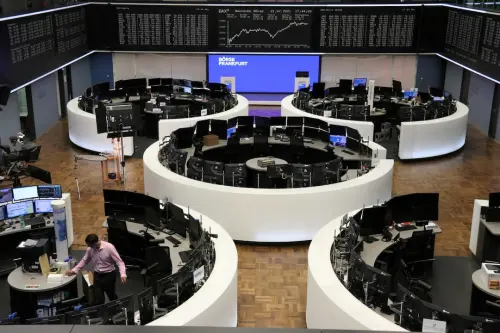Introduction
The announcement of President Donald Trump's new trade measures has sent shockwaves through global financial markets, prompting investors to seek safer assets amid recession fears.Context
The trade measures, revealed after the close of Wall Street on April 3, introduced a baseline 10% levy on all U.S. imports, with notably higher duties on certain countries. Investors were caught off guard by the severity of the measures and worried about potential retaliatory actions from trading partners, which could spiral into an economic downturn.Reactions from Investors
Michael Reynolds, vice president of investment strategy at Glenmede, noted, "We're talking about a pretty significant regime change in how the U.S. approaches global trade." This sudden shift left many in the financial community in disbelief, with Garrett Melson from Natixis Investment Managers Solutions commenting, "It's just left everybody in shock." The implications of these tariffs raised concerns about higher prices in an already slowing U.S. economy, which is heavily reliant on consumer spending.Developments
Starting April 5, the 10% base tariff will be enforced, and higher rates will follow on April 9. Notably, a 25% tariff on vehicle imports has already taken effect, along with a 34% tariff on Chinese imports, 46% on Vietnam, 24% on Japan, and 20% on Europe. Justin Onuekwusi from St James's Place stated that retaliation is likely, warning of a potential "tariff spiral of doom" that could lead the economy into a recession.The market reaction included a significant decline in the dollar and U.S. stocks; the S&P 500 tumbled by more than 3%, while the Nasdaq Composite dropped over 4%. The dollar index fell to a six-month low, particularly against safe havens like the yen and Swiss franc, as traders priced in expectations for further interest rate cuts by the Federal Reserve.
